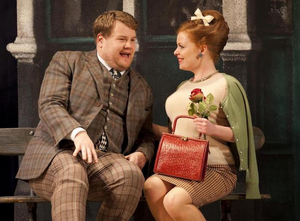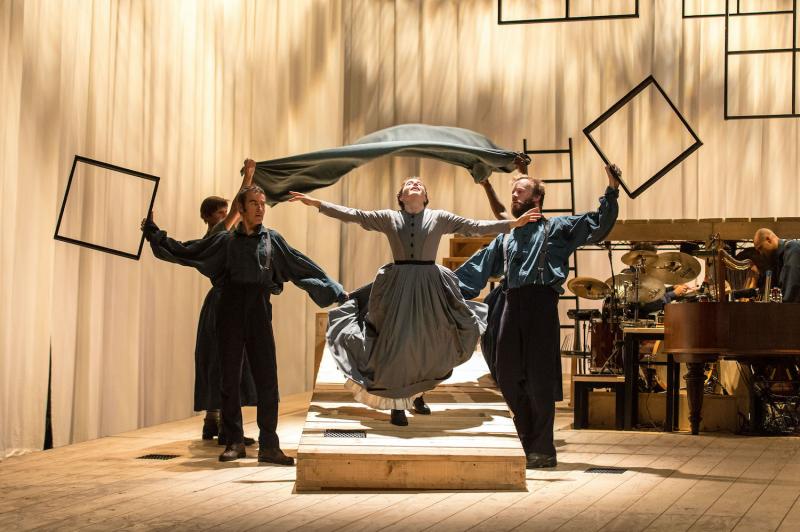Opinion: The Shutdown Might Spark A Theatre On Demand Revolution
COVID-19 may be a serious threat to the arts, but it's going to accelerate a long overdue change.

streamed online via NT Live
The industry has long grappled with a simple question: how do you get non-habitual theatregoers into the theatre? COVID-19 may be a serious threat to the arts, but it's going to accelerate a long overdue change. So, enter stage left, theatre at home.
Theatre is late to this particular party; look at sport, and most notably football. It's been growing its home audience for years, to the point that it now significantly drives the game. While it might not be wise to advocate going quite so far, the potential is clear. People still pay good money to be at the game live, while both dedicated and casual fans alike gather to watch games at home.
Still to be found in theatre are the stuffy types who wish to be part of an exclusive 'I was there' club (I think they're often the ones found buying those inordinately expensive bottles of champagne at the interval, but I can't prove it). It's time to move away from that.
There are plenty of reasons why someone may not wish to physically visit the theatre. Price and place are the two most frequent objections. Price is so well documented, it barely even needs to be mentioned. Some shows are astronomical in price. Others merely expensive.
Place is more interesting. Theatre has to happen somewhere of course, often in city centres, at a set time that's barely changed over the decades. Even as modern lifestyles have altered beyond recognition around them, shows will still typically start at their traditional times of 7:30pm or 2:30pm for a matinee.

So, when National Theatre Live (and others) said that their productions would be available free on YouTube during this crisis, it instantly shattered the notion that theatre had to be either expensive or in a set place.
The wheels were in motion long before this with cinema screenings. But this felt different; on demand theatre in the home. Is it the same? No, of course not. It's the difference between seeing your favourite band live or listening to the record. The record is still great, even if it's not quite comparable.
The figures are undeniably remarkable. One Man, Two Guvnors, at last count, received over 2.5 million streams. Or, to put it another way, the same amount of views as 6.8 years of eight shows a week at its original Lyttelton theatre home. Jane Eyre followed, with just shy of 900,000 views. That would be nearly four years of a sold-out run in its original Bristol Old Vic home.
Of course, there are some caveats for the long term. Theatre can't be free - it has value, so theatres will need to find a model that works for them. Maybe licensing to a broadcaster or a subscription service, perhaps a simple purchase like with films, or even a dedicated arts service?
Many also find themselves with more time at home than they know what to do with right now. When our busy lives return, perhaps appetite will drop off.
But it's time for theatres to create new models of putting shows into people's homes. It's time to let working families have the option to affordably watch A Curious Incident of the Dog in the Night-time. To let the person who works nights watch Twelfth Night in the morning instead. To let those with babies pause Angels in America when the little one cries (and let's face it, given the running time, that will happen). It's the future: either get with it, or be left behind.
What do you think? Let us know @BroadwayWorldUK!
Photo credit: Manuel Harlan, Johan Persson
Comments

Videos


